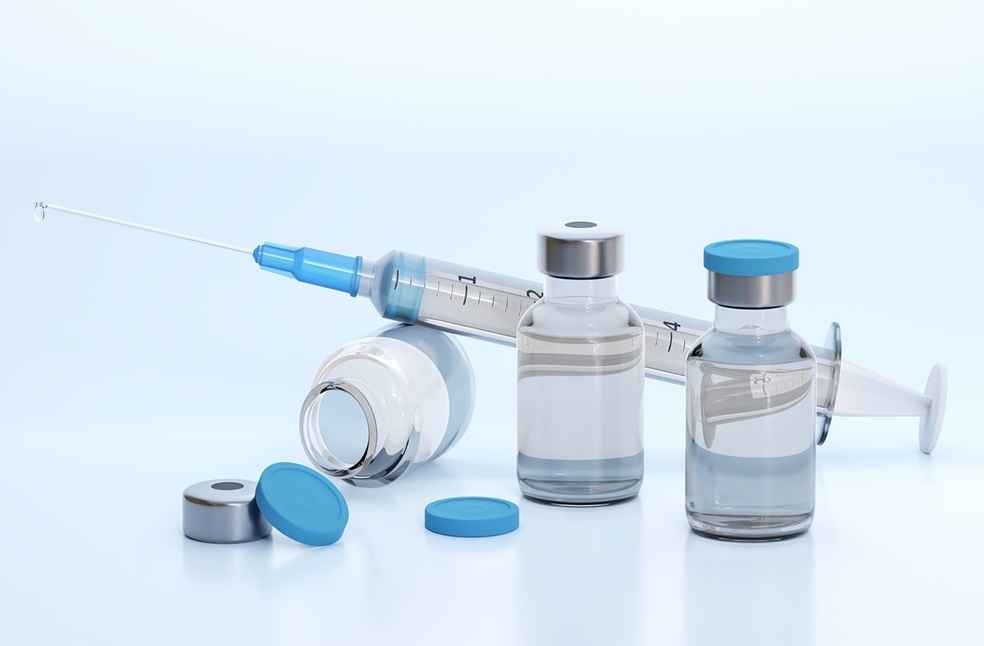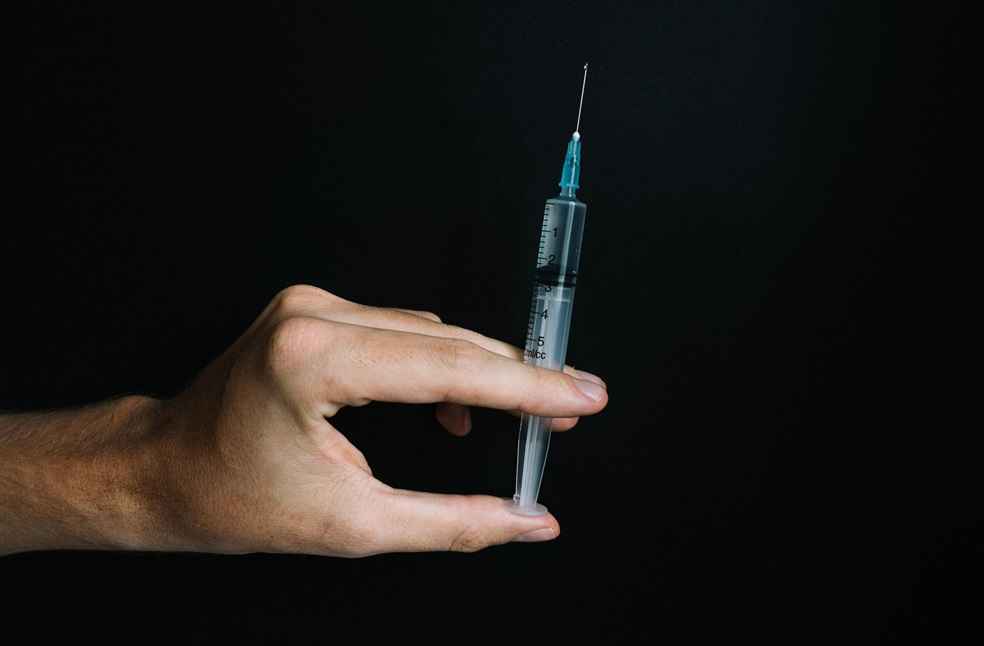As parents, we all want our children to be healthy, and vaccinations are an essential part of safeguarding them against preventable diseases. However, the fear of needles and the associated pain can make the vaccination process daunting. Currently, there are two main options available for vaccinating your child; painless vaccines and non-painless vaccines.
But, the question remains which option is better? Here we will discuss everything you need to know about these two options and also debunk some myths.
Painless vaccinations; what are they?

Painless vaccination, also known as the DTaP vaccine, combines three essential immunizations – diphtheria, acellular pertussis (whooping cough), and tetanus – into one shot. The vaccine is developed in such a way that it includes less antigen than traditional vaccines, resulting in slighter quantities that are virtually painless. This makes the vaccination experience less uncomfortable for children, and it becomes more comfortable for parents to keep up with their child’s vaccination schedule. That’s what painless vaccination offers, an experience that’s free of tears and fuss.
How do non-painless vaccinations work?

Non-painless vaccines are the traditional vaccines that are allocated in a syringe. Although they may induce some pain during the injection procedure, they are equally effective in guarding against illnesses such as diphtheria, pertussis, and tetanus. Non-painless vaccines are an essential tool for public health for decades and maintain a crucial part in disease deterrence.
Painful vs painless vaccinations

The question on many parents’ minds is which type of vaccine is better for their child- painless or non-painless? There is a typical myth that painless vaccines are less effective than non-painless vaccines. However, numerous studies showed that both types of vaccines are equally secure and efficacious in safeguarding against diseases like pertussis.
Eventually, the conclusion between painless and non-painless vaccines boils down to individual choice and comfort. Some parents may select the comfort of painless vaccines, while others may opt for the acquaintance of non-painless vaccines.
Even the World Health Organization (WHO) stated that painless vaccines are 75-85 percent adequate, which is equal to the efficacy of non-painless vaccines. While painless vaccines may cause less discomfort during the injection process, it’s important to note that there may still be some level of pang or discomfort.

The key contrast between the two types of vaccine lies in the formulation of the vaccine, not in the absence of pain altogether. It’s also crucial to mention that not all vaccines offer the possibility of painful or painless administration.
The choice between painful and painless vaccines typically involves blending vaccines that possess the pertussis element. It’s essential to consult with a physician to decide on the most pleasing choice for your kid.



